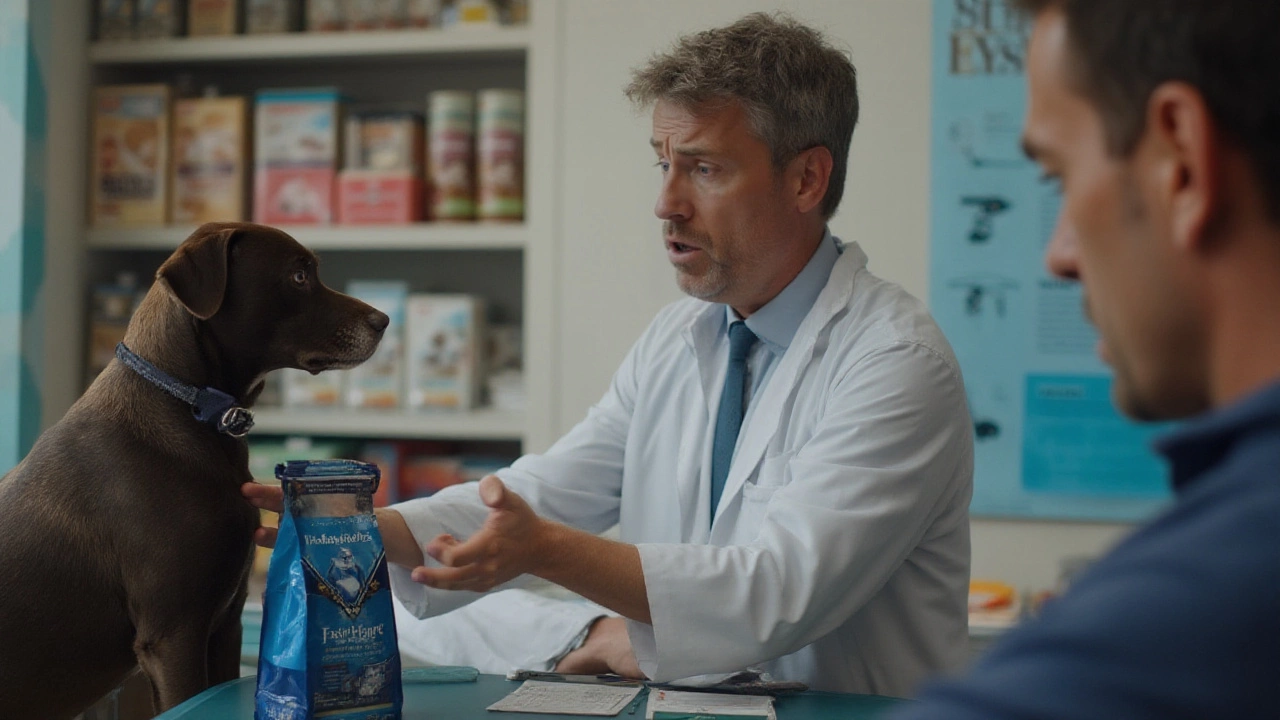Ingredients Guide: How to Pick Safe Pet Food for Dogs and Cats
Ever stare at a bag of dog kibble and feel lost? You’re not alone. The ingredient list can look like a grocery receipt, but you don’t need a nutrition degree to understand it. In this guide we’ll break down what to look for, which red flags to watch, and how to choose food that actually feeds your pet right.
What to Look for in Dog Food Ingredients
First up, dogs. A good rule of thumb is to find a protein source at the top of the list – think chicken, beef, salmon, or lamb. If the first ingredient is a grain or a filler like “by-product meal,” the protein might be low quality. Real meat should be named specifically, not hidden behind vague terms.
Next, check for whole‑food carbs such as sweet potato, brown rice, or oatmeal. These give steady energy and are easier on the gut than corn or wheat. Look for added vitamins and minerals that are listed with their natural sources, like “vitamin E (mixed tocopherols)”. Synthetic additives often appear as a long string of letters and numbers and add little value.
Lastly, pay attention to preservatives. Natural options like mixed tocopherols or rosemary extract are fine, but avoid foods that rely heavily on BHA, BHT, or ethoxyquin. Those chemicals have been linked to health concerns in dogs over time.
Spotting Bad Ingredients in Cat Food
Cats are obligate carnivores, so they need meat‑first diets. If a cat food list starts with “corn gluten meal” or “brewed rice,” it’s a sign the brand is cutting costs on protein. Look for named animal proteins – chicken, turkey, tuna, or fish – within the first three ingredients.
Beware of meat by‑products. While some by‑products are safe, vague phrases like “animal digest” can hide low‑quality parts. If you see “hydrolyzed poultry protein,” that usually means a more digestible, high‑quality source, which is a plus.
Watch out for excessive fillers such as wheat, soy, or peas. They can cause allergies and don’t provide the animal‑protein punch cats need. If a cat food relies on “artificial flavor” or “artificial color,” it’s likely trying to mask inferior ingredients.
Finally, check the moisture level. Wet cat foods should list moisture close to 70‑80%. Dry foods should have added water or broth to help keep cats hydrated – a common issue with picky eaters.
By keeping these simple checks in mind, you’ll feel more confident scrolling through the endless pet food aisles. Remember, the goal isn’t to pick the most expensive brand, but to choose one that lists real meat first, avoids questionable preservatives, and doesn’t hide behind a wall of filler words. Your pet’s health, energy, and coat will thank you for it.
Posted By Bryndle Redding On 2 Aug 2025 Comments (0)
Blue Buffalo Dog Food: Why Many Vets Raise Concerns About Ingredients and Quality
Ever wondered why some vets are quick to caution against Blue Buffalo dog food? Dive into real concerns over ingredients, recalls, and quality issues.
READ MORE